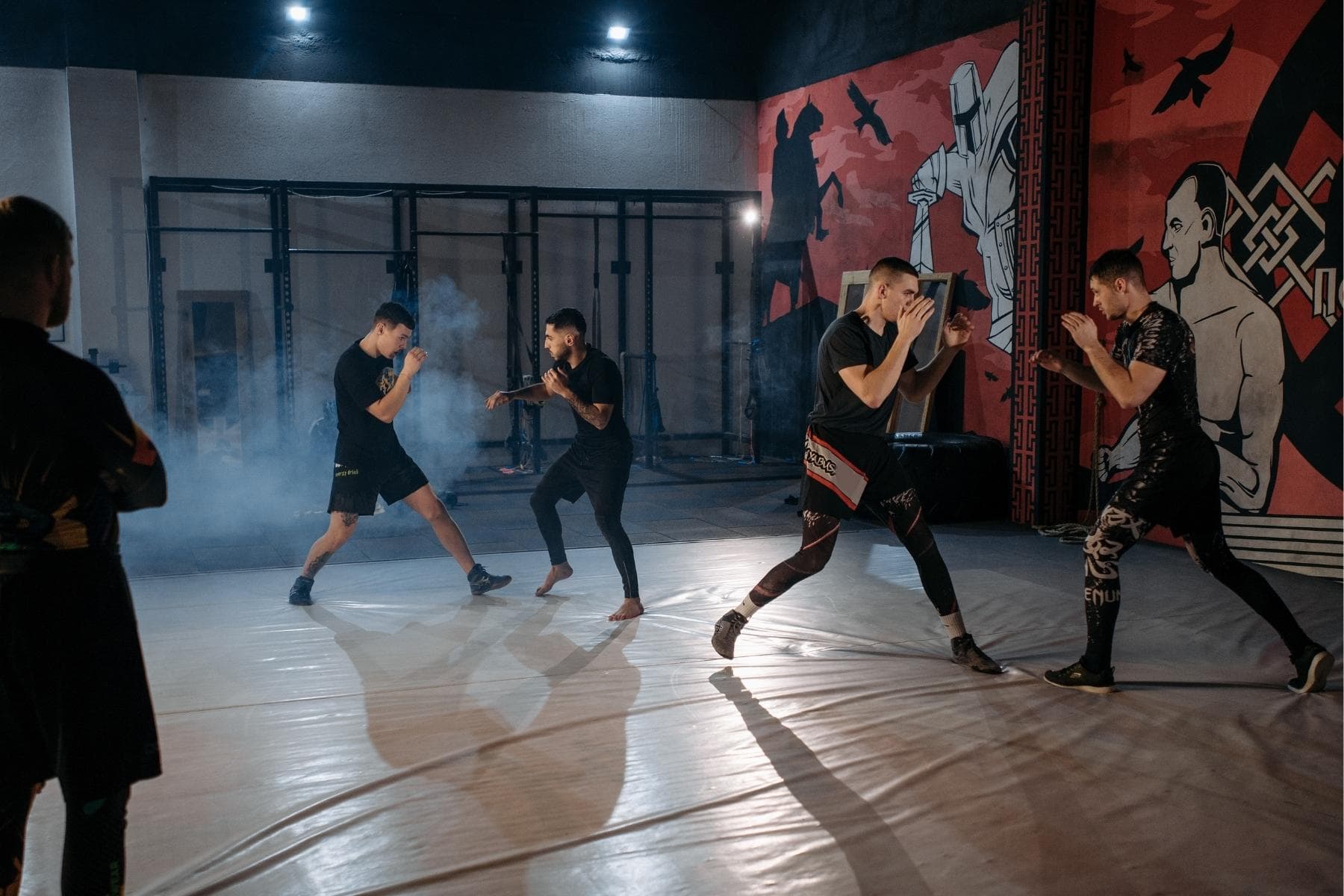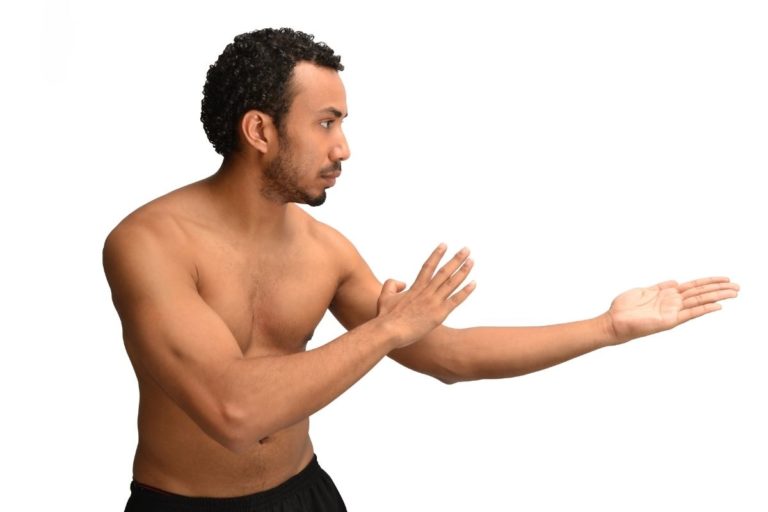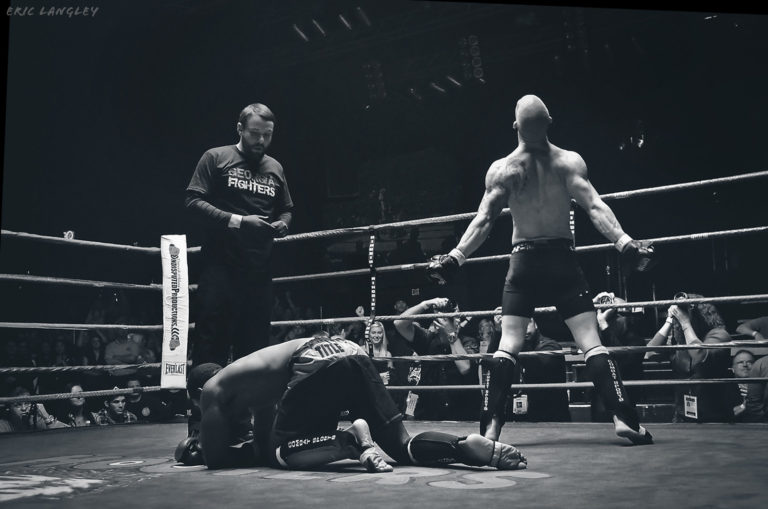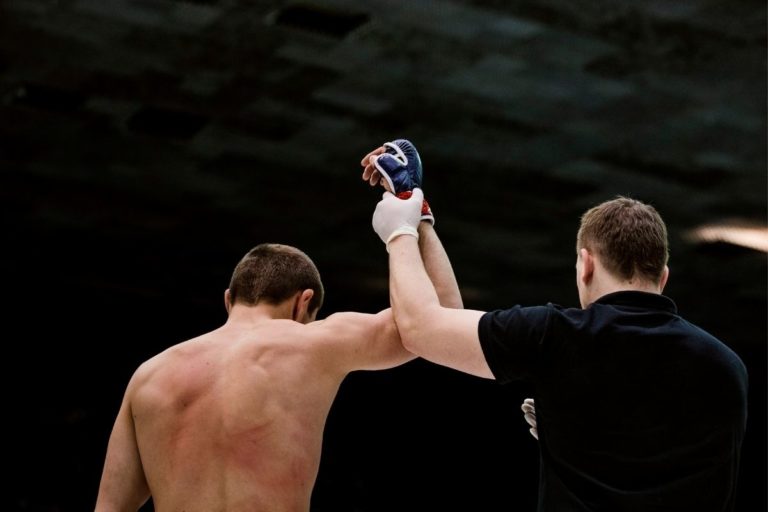How Often Should You Train in MMA?
As its name suggests, mixed martial arts (MMA) is a sport that is a mix of only the most effective techniques from various grappling and striking martial arts. It is the most complex combat system that takes many years to master because you need to train in around four different martial arts like boxing, BJJ, wrestling, and Muay Thai to cover all the aspects of the sport. Sounds like a lot of work, right? How often should you train in MMA to become good?
As an amateur starting your MMA journey from scratch, training at least three times a week is more than enough. As you get stronger and more skillful, you should visit the gym more often, at least 4–5 times per week.
Pro fighters, on the other side, must show up at least 5 times per week if they are serious about their careers. Once inside the training camp, they train 2 or even 3 times a day, 5–6 days a week, and they usually take just one day off. Outside of competition, most of them would hit the gym 4–5 times a week once a day to stay in shape and develop new skills.
How a human body can sustain such a workload, you may ask? Stay with us to learn more about how often you should train in MMA both if you are an amateur and professional.
How often should amateurs (beginners) train in MMA?
Training three or four times a week is more than enough for all the beginners who are just starting out. Most people, notably the younger ones, are often too passionate about training, and that is a good mindset to have. But also, you have to accept the fact that it is crucial to begin at a steady pace and focus on the basics, building strength, resting, and being consistent. You don’t need to rush things, nor to prove anything to anyone.
First 2 or 3 months — beginner level
There is no need for training more than 3 or 4 times a week in the opening months. In fact, 2 times is often more than recommended for students who are out of shape and feel exhausted after each class.
First of all, MMA training is physically hard on your body and most average people are not fit enough to sustain the intensity of these workouts. If you are not careful and rational enough, you can quickly get hurt, or lose the will to train. So the first thing you need to do is focus on the basics, and even more importantly, to get your body in shape.
In the opening months, you will put your muscles, ligaments, and joints through a lot of stress, the type of stress your body is not used to. It’s all going to hurt after each workout to the point that every single muscle in your body is going to hurt. To prevent this and feel better, you need to improve your strength and cardio levels. This will reduce muscle inflammation, and soreness, and help you go through workouts much easier.
As a beginner who is slowly getting in shape, you must give your body and mind enough rest too. It usually takes one day of rest for each day of hard training when you are starting out. This is why training more than 4 times a week is not recommended for beginners as it can often be counterproductive.
One important piece of advice: always listen to your body. If 3 times a week feels like hell and you have chronic pain, do not push over the limits. Drop down to once or twice a week and see what that feels like. The right number is neither 4 nor 1 time per week when you are a beginner, it’s the one that makes you feel healthy and productive.
3–6 months — Beginner/intermediate level
Once you got familiar with all the basics and can go through a training session without feeling exhausted and leaving the gym crawling on all fours, you can start training more. During the period between 3 and 6 months of your journey, it would be ideal to hit the gym 4–5 times a week. Though it doesn’t sound like much, adding one extra session to your schedule is not an easy thing to do. But on the other side, you will still have plenty of time to rest, or maybe cross-train to go for a hike, do sprints uphill, or do any other workout that will improve your game.
6 months — 1 year — Intermediate/Advanced level
After spending 6 months to a year working hard on the months, you will start transitioning from the intermediate to advanced level. With that, you will spar more often and harder, and move up to training six days a week. This is also the stage where most students start thinking more and more about competing as amateurs and preparing for a match. If your coach gives you a green light, you might start working out 2 times a day to prepare for a tournament. Overall at this stage, you are slowly starting to train like a real MMA fighter.
How often do pro fighters train in MMA?
On average, pro-MMA fighters train around 20–24 hours per week across 6 days and only take Saturday/Sunday as a day off. While preparing for a fight, fighters would often train up to three times in a single day, so there’s actually not much time left for other things. It is a grueling lifestyle that requires a lot of sacrifice and discipline.
Training regimes and methods differ a lot between the gyms, coaches, and fighters. Each fighter and coach has their own unique methods of preparing, and you will too. For instance, young fighters are the ones who have enough strength and energy to go through grueling sessions every single day and train up to 30 hours per week. Veterans who have been in the game for some time tend to play it safe and do not risk too much. Some fighters like Donald Cerrone or Max Holloway do not even spar anymore to keep their bodies healthy.
Next, there is a difference in the way they train when they are off the competition and while in a training camp. After the fight, most fighters prefer to take a couple of weeks off, go on a vacation, and recover from injuries. Once they feel ready, they would start going to the gym a couple of times a week (3–4) to stay in shape and work on new things with the coaches.
In most cases, they would do a lot of cardio workouts, hit the pads, add new weapons, and rarely do any sparring. But as soon as they sign a fight offer, they are back into the beast mode to train like maniacs again 6 days a week.
How do you recover and prevent injuries in MMA training?
One of the main keys to succeeding in MMA is to work hard and be consistent. But in order to achieve a high level of consistency, you must stay healthy and avoid any injuries that may put you on the sidelines for months, or maybe even more. Right from day one, you must learn how to recover the right way and prevent injuries. Here are some of the tips:
- Healthy diet — most MMA fighters eat food rich in protein. This is because protein “builds” and repairs the muscles, and with that, makes you stronger and speeds up the recovery time. So be sure to eat a lot of fish, chicken breasts, and steaks, along with a lot of healthy vegetables and fruits.
- Hydration — is crucial when it comes to recovery and be sure to drink no less than 3 liters of water a day, at times even more than that.
- Stretching/massages — stretching before and after a workout keeps the body tight and prevents injuries so be sure to never skip a warm-up. Massages, sitting in the sauna, or taking salt baths also ease pain, and soreness, and assist in muscle repair. If you can’t go to the massage center, doing it with the foam roller by yourself will also provide similar benefits.
- Active rest — during recovery days, do not just sit at home in front of TV all day. Instead, go for an easy hike, swim, do yoga, or just take a long walk. This is considered to be far more beneficial instead of sitting.
- Wear protective gear — is very important because it significantly decreases the risk of injuries. You can get away with no stretching or massaging at home. But not wearing a gear can result in a concussion, bone fracture, or other serious injuries in a split second.
How long does it take to learn MMA?
Students with average talent and fitness levels need around 3-4 years to develop solid all-around skills. However, MMA is so complex and has so many variables that it is impossible to say how long it takes to become really good. The most important factor is, do you have a background in one of many martial arts that represent a good base for MMA? Here is a list of four martial arts that are considered a good base:
- Boxing
- Muay Thai
- Wrestling
- BJJ
Athletes who switch over to cage fighting as experts in one of those four combat systems need much less time to master MMA than the ones who come without any background. This is because they already have a strong base in one aspect, and they just need to focus on adding more skills to cover the parts they are missing. They also have valuable training and competition experience, discipline, and are well trained and used to grueling workouts. So people who come from wrestling usually need around 2 years to become really good, while the ones who come from striking arts like boxing need a bit more, 3–4 years.
On the other side, people not trained in any martial art need more time to develop solid skills, up to 5 years, or maybe even more depending on how talented and dedicated they are.







